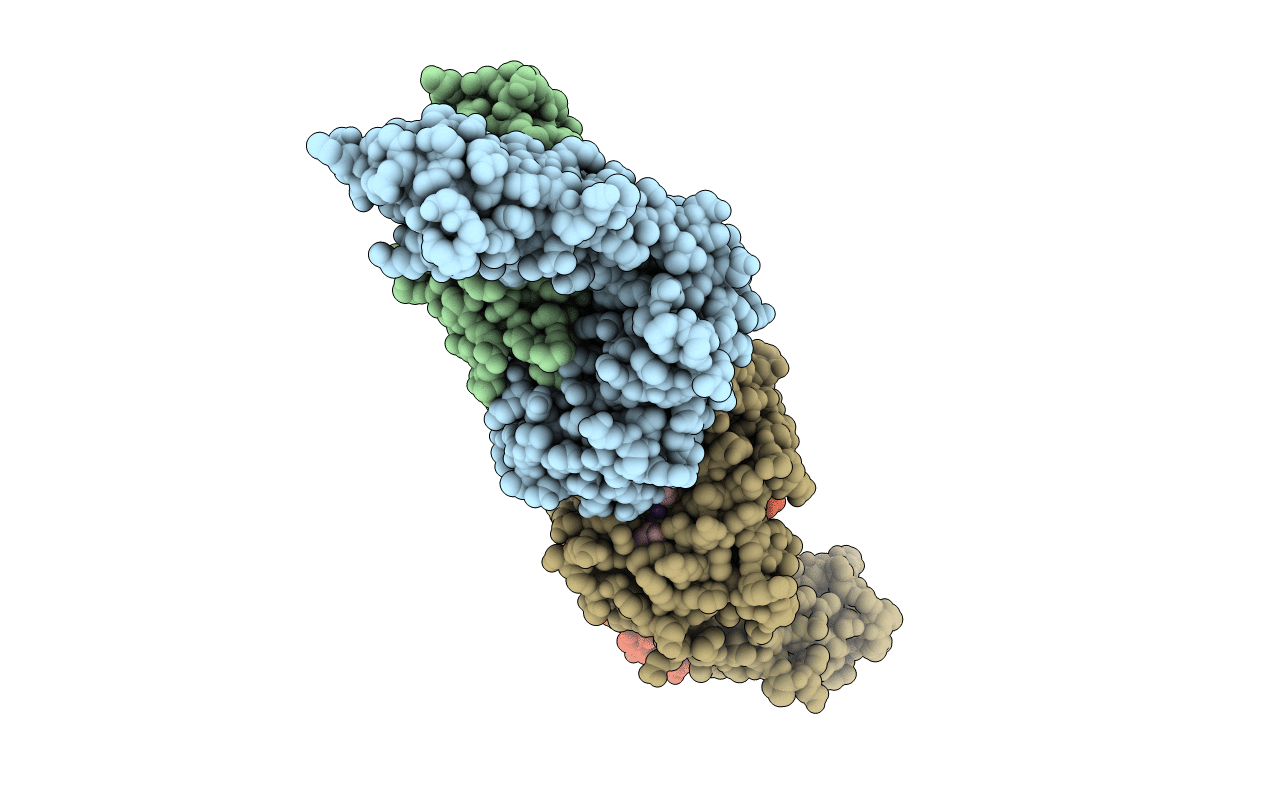
Deposition Date
2002-01-16
Release Date
2003-02-25
Last Version Date
2024-11-20
Entry Detail
PDB ID:
1KTL
Keywords:
Title:
The human non-classical major histocompatibility complex molecule HLA-E
Biological Source:
Source Organism:
Homo sapiens (Taxon ID: 9606)
Host Organism:
Method Details:
Experimental Method:
Resolution:
3.10 Å
R-Value Free:
0.28
R-Value Work:
0.23
Space Group:
P 31 2 1


